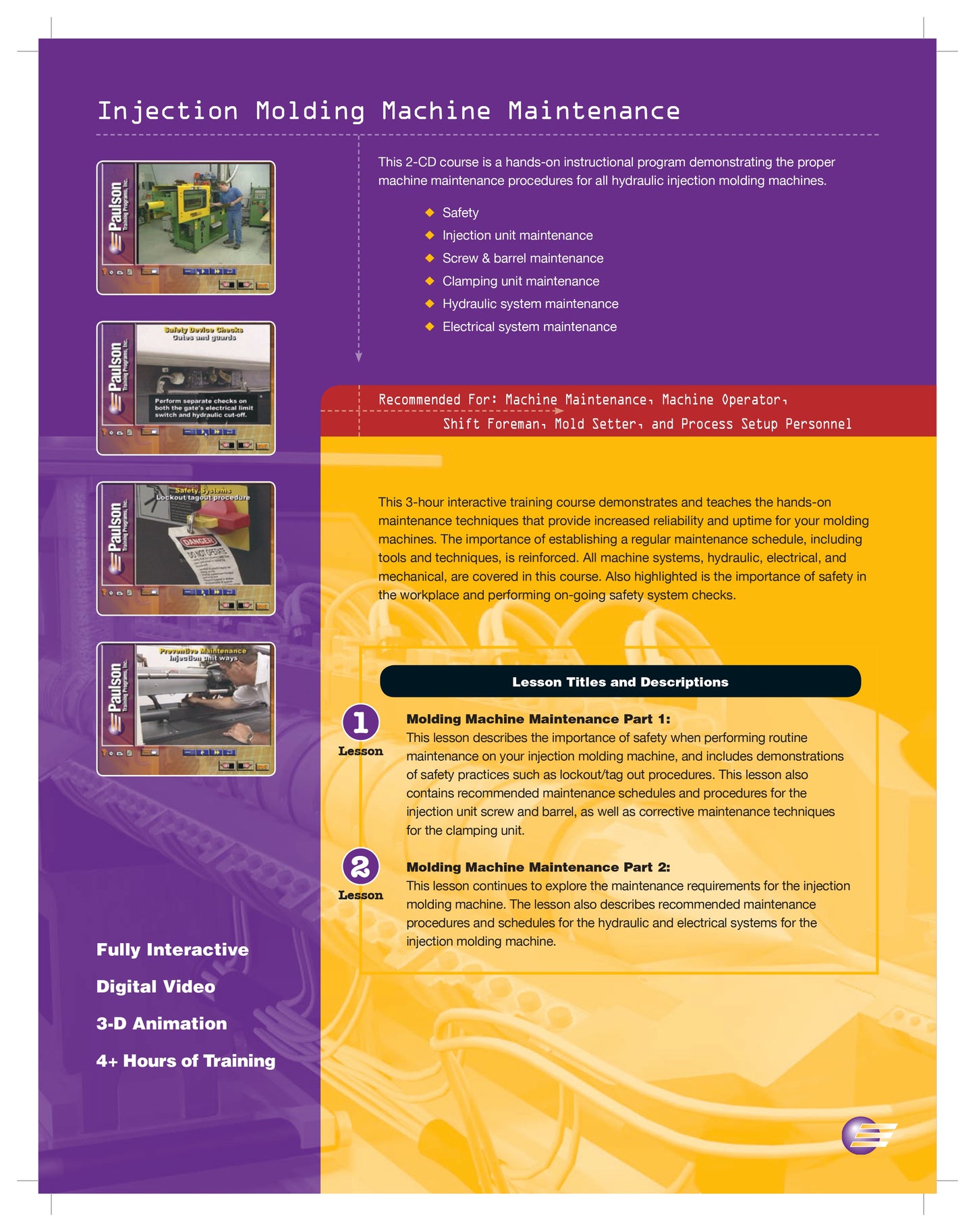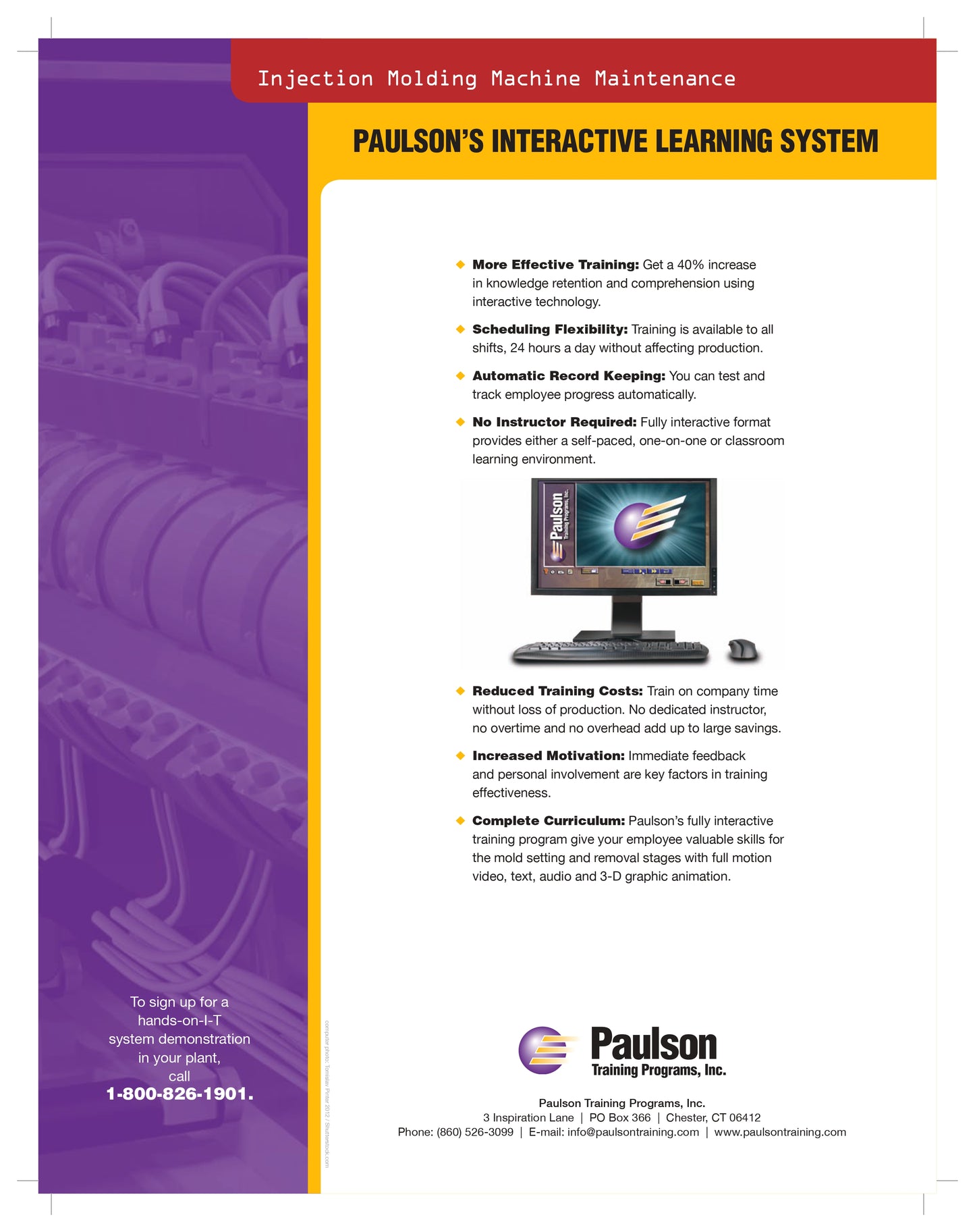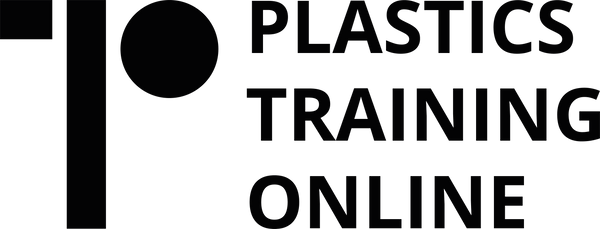Electric Injection Moulding Machine
Electric Injection Moulding Machine
Electric molding machines now account for over 50% of new machine sales. There are several reasons for their popularity; more precise control, lower electricity consumption and potentially faster cycles are among the reasons. But along with these and other advantages are potential problems. These machines require an understanding of this new technology by the operating personnel to gain the benefits and avoid very expensive mistakes. In short, they require more knowledgeable personnel at all levels. This requires electric injection molding machine training.
Subscribe & Unlock Full Access
Gain immediate access to our library of expert-led training courses, labs, and support.



-
Description:
Electric molding machines now account for over 50% of new machine sales. There are several reasons for their popularity; more precise control, lower electricity consumption and potentially faster cycles are among the reasons. But along with these and other advantages are potential problems. These machines require an understanding of this new technology by the operating personnel to gain the benefits and avoid very expensive mistakes. In short, they require more knowledgeable personnel at all levels. This requires electric injection molding machine training.
-
Included Courses:
Lesson 1 – Electric Injection Molding Machine Design, Cycle & Parts
- The parts of the Electric molding machine
- How Electric molding machines work
- Comparing the operation of the Electric and the Hydraulic molding machine
- Operation of the ball screw drive
- The molding cycle
- Instruments and controls used on these machines
- Typical operating conditions
Lesson 2 – The Effects of Each Control
- Safety around these machines
- Machine modes of operation: manual, semi-automatic and automatic
- Explanation and effects of the injection controls: injection rates and pressures, vpt settings, back pressure, shot size, cushion, control change ramps, decompression and others.
Lesson 3 – Optimizing Electric Machine Settings
- Clamp settings: control of clamp distance and speed, clamp force, safety concerns.
- Ejector control
- Optimizing the machine control settings
- Process recordings
- Procedures for utilizing the advantages of the Electric machine.




